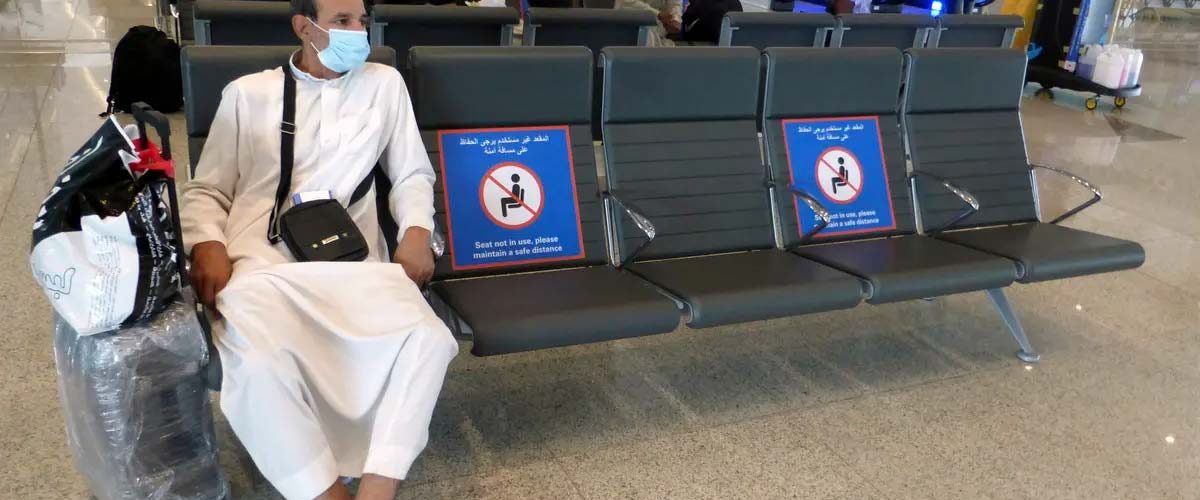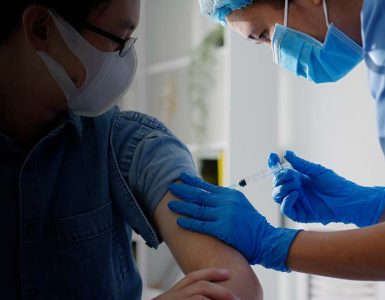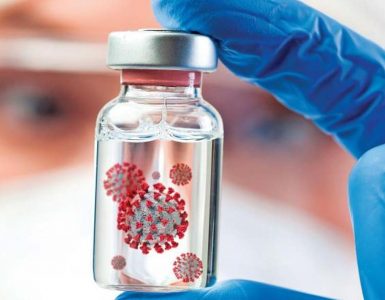A novel infection was identified in China in December 2019, which was linked to the respiratory disorders “severe acute respiratory syndrome coronavirus 2” (SARS-CoV-2). This was eventually renamed COVID 19 after the infection spread worldwide. Many linked the source of transmission to fish and wild animals, which suggested a possibility of the animal to human transmission. A study in the Journal of infection in Developing Countries investigated the change in human behavior that may influence the course of the disease.
The lead author, Eman A El-Masry reported, “ the recent investigation established a high probability of the human to human transmission through either direct contact or respiratory droplet. Various symptoms were addressed as a clear sign of COVID 19 ranging from dry cough, fever, acute respiratory distress syndrome, and pneumonia.However, few presented as asymptomatic, acting as a carrier from many.”
Analyzing the current situation, World Health Organisation (WHO) recommended implementing preventive strategies through public awareness.
The research team believes, “this initiative is necessary to modify human behavior and attitude towards the pandemic and adoption of preventic measures.”
Hence, to evaluate their understanding and awareness of the people the team interviewed around 422 public data. The outcomes presented a moderate level of understanding among the people (69%) through digital platforms.
The author reported, “each patient was individually explained regarding the risk of COVID 19 infection. About 70 – 90 %, people showed an optimistic attitude towards advised preventive measures and were ready to adopt them for safety.” Moreover, the team observed that the majority of patients demonstrated compliance with proper COVID protocols especially wearing the mask at all times.
Thus, the study presented an adequate awareness among the public regarding the preventive measures of COVID 19. Nevertheless, a continuous awareness campaign related to smoking effects, quarantine, preventive measures and antibiotics effects still needs to be carried on for maximum public awareness.

















Add comment